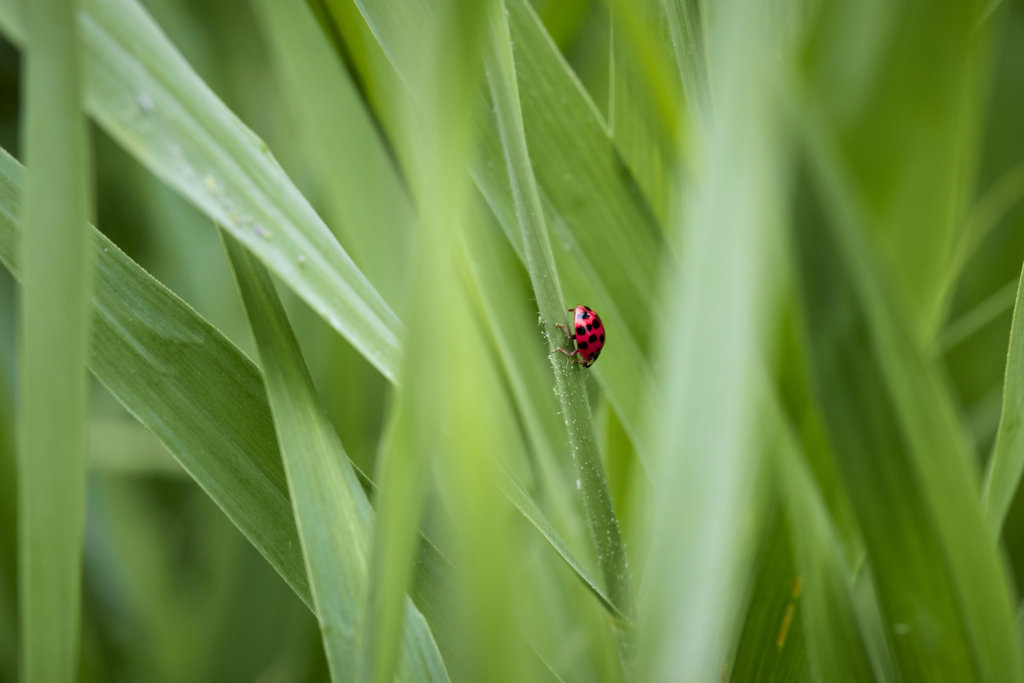Find out what occupiers discovered on our latest Nature Walk
 Occupiers escaped the hustle and bustle of the office over lunchtime at our very own Nature Walk on 13th July, which was lead by renowned bird expert, Brian Clews.
Occupiers escaped the hustle and bustle of the office over lunchtime at our very own Nature Walk on 13th July, which was lead by renowned bird expert, Brian Clews.
Mallards were in family groups, males having already moulted into female-like winter plumage. A stalking Heron was photographed snatching at a meal and a surprise addition was a distinctive Oystercatcher on one of the islands.
Of the insects around, there were good numbers of Soldier Beetles (Cantharis livida). A more striking individual was a Four-banded Longhorn Beetle (Leptura quadrifasciata). Ladybird species included the predatory Harlequin Ladybird, which is not above eating other ladybirds as well as aphids etc. Distinctive larva of the same species were also seen. Butterflies were illusive but a Green-veined White was noted.
One spectacle was to see the numerous cottony packages of silk in which Spindle Ermine larvae will have fed on leaves before turning into silky cocoons in recent days. A good number of them had already matured so that their all-white and black-spotted flying adults were on the wing. It would be impossible to estimate how many of these creatures there may be across the Park, but it is likely to run into millions!
We also found a Purse Web spider doing the housework in her own silken tent in which was a sizeable egg sac waiting for her several dozen off-spring to emerge. These are wolf spiders, which chase prey on the ground or in vegetation, rather than weaving the well-known orb webs of other species, to catch their prey.
Although it was in its ‘teneral’ phase (having just emerged from their nymphs skin), it was just possible to identify it as a Common Blue Damselfly. As such, they are mainly without colour, or great flying prowess for the first week or two as they build up both colour and performance before establishing their own territory and mating. Among the many amazing things known about how insects work, it has been discovered that dragonflies and damselflies emit a form of carbon dioxide to help dry their wings as quickly as possible during the post-emergence phase when they are the most vulnerable to predators.